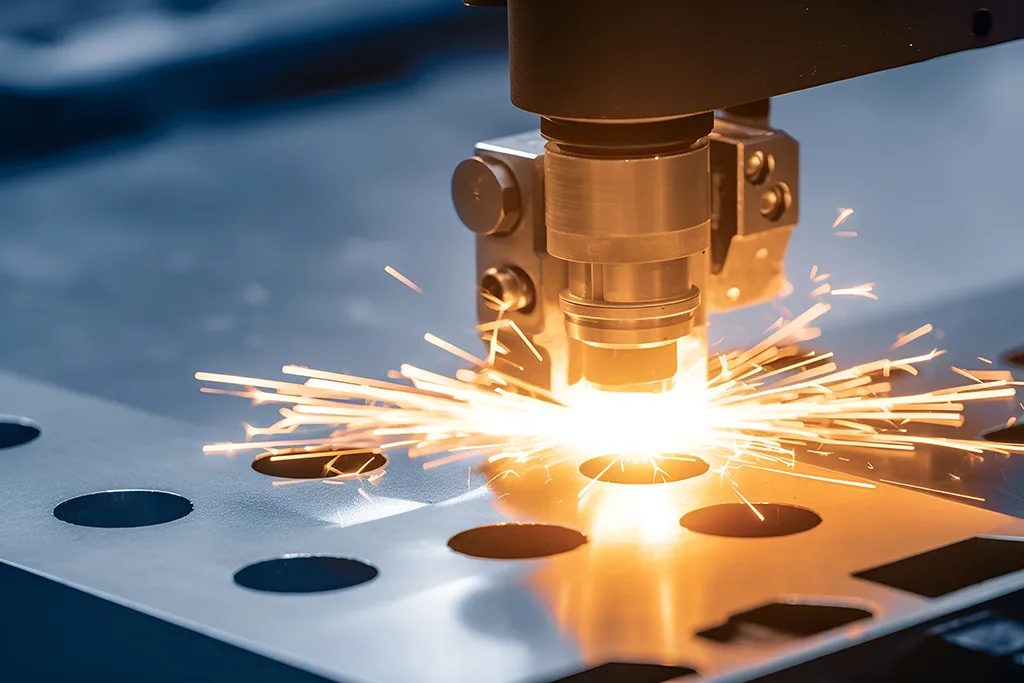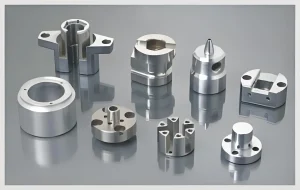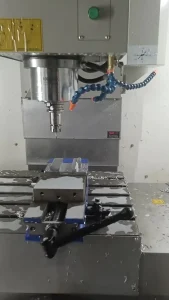Laser cutting is a precise and efficient method used in various industries. This technology utilizes a focused laser beam to cut materials with high accuracy. In this article, we will explore the step-by-step process of laser cutting, its applications, and its benefits.

Step 1: Designing the Cut
The laser cutting process begins with a digital design. Engineers or designers create a model using computer-aided design (CAD) software. This model defines the shapes and dimensions of the final product. Once the design is complete, it is converted into a format that the laser cutting machine can understand, often using computer-aided manufacturing (CAM) software.
Step 2: Material Preparation
After the design is ready, the next step is preparing the material. Common materials for laser cutting include metals, plastics, wood, and textiles. The chosen material is carefully selected based on the project requirements. It is then securely placed on the laser cutting bed. Proper alignment is crucial, as it ensures accuracy during the cutting process.
Step 3: Setting Up the Laser Cutting Machine
Before starting the cutting process, operators configure the laser cutting machine. This setup involves selecting the appropriate laser type, power settings, and cutting speed. The laser can be either a CO2 laser or a fiber laser, depending on the material being cut. CO2 lasers are typically used for organic materials, while fiber lasers excel with metals.
Step 4: Initiating the Cutting Process
Once the machine is set up, the cutting process begins. The laser beam is generated and focused onto the material. The intense heat from the laser melts or vaporizes the material, creating a precise cut. The machine moves the laser head along the programmed path, following the design outline.
During this phase, the operator monitors the process closely. They ensure that the material is cut accurately and that there are no issues. If necessary, adjustments can be made to the laser settings in real-time.
Step 5: Removing the Cut Piece
After the cutting is complete, the operator carefully removes the finished piece from the cutting bed. At this stage, the edges may need some finishing, depending on the material and the required quality. Laser cutting often results in clean edges, but secondary processes like sanding or polishing may be required for specific applications.
Step 6: Quality Control
Quality control is a crucial part of the laser cutting process. Operators inspect the cut pieces to ensure they meet the specified tolerances and quality standards. This step may involve measuring dimensions and examining the finish. If any defects are found, the operator may need to troubleshoot the machine settings or adjust the design.
Applications of Laser Cutting
Laser cutting is used in various industries due to its versatility. In manufacturing, it helps produce components for machines and vehicles. The aerospace industry relies on laser cutting for precise parts, while the fashion industry uses it for intricate fabric designs.
Additionally, laser cutting is popular in signage production. Businesses create custom signs and displays using this technology. Its ability to cut detailed designs makes it ideal for creating eye-catching marketing materials.
Benefits of Laser Cutting
The laser cutting process offers several advantages. First, it provides high precision and accuracy, ensuring that each piece meets the required specifications. Second, it generates minimal waste, making it an environmentally friendly option. The focused laser beam cuts cleanly, reducing the need for additional finishing processes.
Moreover, laser cutting is efficient and fast. The ability to cut complex shapes in one operation saves time and resources. Finally, the technology is highly adaptable, allowing for customization in various applications.
Conclusion
In conclusion, the process of laser cutting is a highly efficient and precise method for shaping materials. From designing the cut to quality control, each step is crucial for achieving the desired results. As industries continue to embrace this technology, laser cutting will play an increasingly vital role in manufacturing, design, and innovation.
Understanding the laser cutting process helps businesses make informed decisions about their manufacturing needs. By leveraging this technology, companies can enhance their production capabilities and meet the demands of a competitive market.






